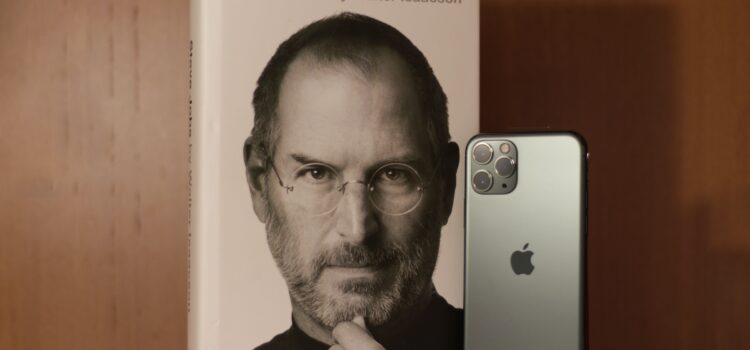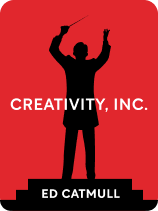

This article is an excerpt from the Shortform book guide to "Creativity, Inc." by Ed Catmull. Shortform has the world's best summaries and analyses of books you should be reading.
Like this article? Sign up for a free trial here .
What is the connection between Steve Jobs and Pixar? How did the relationship between the company and Jobs evolve?
In February 1986, Steve Jobs purchased Pixar for $5 million. Steve Jobs and Pixar were connected until 2005, when the company was sold to Disney.
Read on for more about Steve Jobs and Pixar.
Steve Jobs and Pixar
In 1985, Jobs was the director of Apple Computer Inc. and wanted to develop products that would shape the future of technology. Catmull met with Jobs and showed him the technology they had created. Jobs, a notoriously assertive man, avoided small talk and asked big questions such as “What are your long-term goals?” and “What can your tech do that other tech can’t?” Though Catmull and Smith were a bit uneasy because of Jobs’s forceful personality, they eventually agreed to the deal. After negotiations, Jobs purchased Pixar for $5 million in February 1986, and the company “Pixar” was born. Steve Jobs and Pixar were then connected for two decades.
Abandoning Computer Sales
Despite Catmull’s best efforts, Pixar was still in the red. Though they had a fair amount of success as an animation studio (their early films earned them two Academy Award nominations and one win), they only managed to sell 300 computers. The sales didn’t cover the cost of building and developing the hardware.
With this in mind, Catmull decided to stop selling hardware. The team was much more passionate about filmmaking, and removing the costs of creating hardware would save them significant amounts of money. The problem, however, was that they now had no source of significant income. The short films they were making may have garnered awards and praise, but they didn’t bring in box office money.
Tensions Between Jobs and Catmull
Between 1987-1991, tensions between Catmull and Jobs intensified. Jobs was frustrated with Catmull’s inability to produce a profit, and Catmull was tired of Jobs’s demanding and pretentious attitude. Jobs, having sunk tens of millions into Pixar, tried to sell the animation studio three times. Generous offers came from Microsoft, Alias, and Silicon Graphics, but Jobs never took the sale. Catmull believes this was because the offers made Jobs see the value of Pixar. For example, if Microsoft was willing to offer $90 million, Pixar must have significant value.
The End of the Pixar-Steve Jobs Relationship
In 2005, Jobs told Catmull and Lasseter that he was considering selling Pixar to Disney. This shocked the Pixar leaders because, at the time, Pixar and Disney had hit a rough patch. However, leadership at Disney had recently changed, and the new CEO, Bob Iger, wanted to bring Pixar back into the fold. Disney Animation had been struggling for years, and Iger believed that Catmull and Lasseter could reinvigorate the organization by leading both Pixar and Disney Animation. Iger assured them that Pixar would maintain its autonomy and its company culture.
Ultimately, Jobs gave the decision to Catmull and Lasseter. During negotiations, Catmull drafted a lengthy list of demands that ensured Pixar’s culture wouldn’t be impacted after being bought by a massive entertainment studio such as Disney. These demands ranged from keeping a “no assigned parking” rule to ensuring that Pixar leadership could still distribute bonuses following box office success. In addition to these demands, Catmull insisted that Pixar remain separate from Disney Animation Studios with each company working on their own projects. Once these safeguards were established, Catmull and Lasseter agreed to sell Pixar to Disney. Steve Jobs and Pixar were no longer connected.

———End of Preview———
Like what you just read? Read the rest of the world's best book summary and analysis of Ed Catmull's "Creativity, Inc." at Shortform .
Here's what you'll find in our full Creativity, Inc. summary :
- How Pixar went from selling computers to successful animation studio
- What it takes to build a creative workplace culture
- Why George Lucas sold Pixar to Steve Jobs






